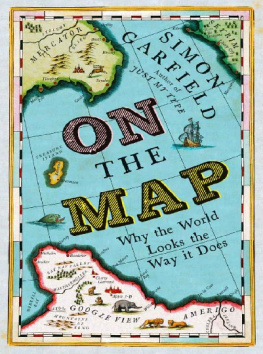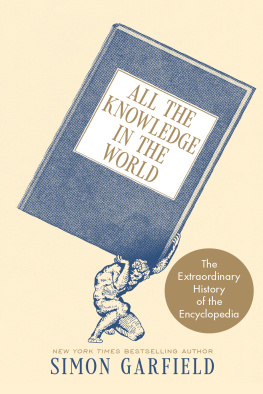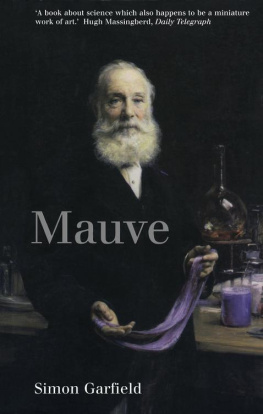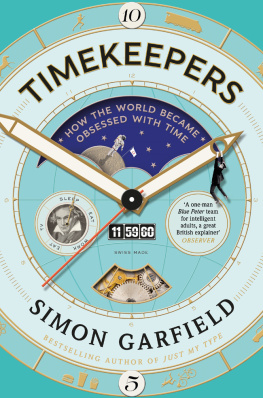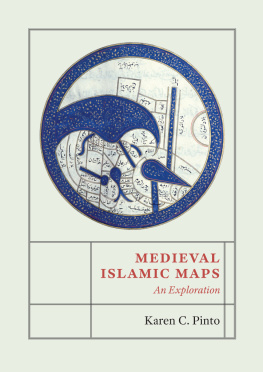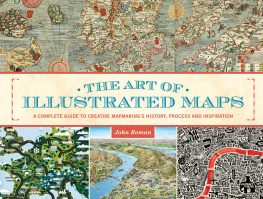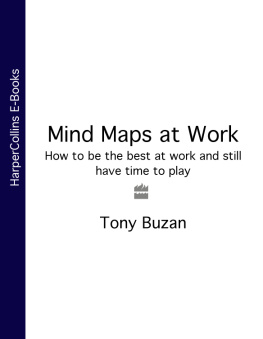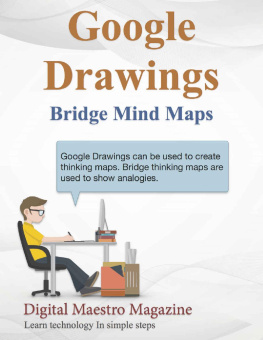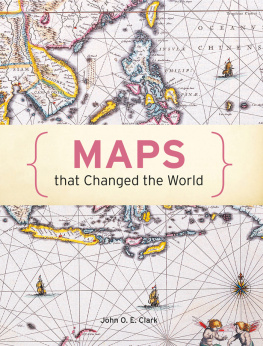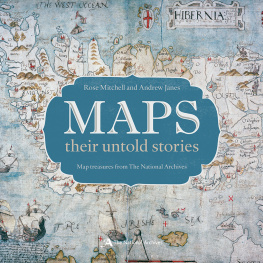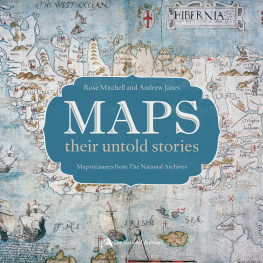First published in Great Britain in 2012 by
PROFILE BOOKS LTD
3A Exmouth House
Pine Street
London EC1R oJH
www.profilebooks.com
10 9 8 7 6 5 4 3 2 1
Copyright Simon Garfield, 2012
Design by James Alexander/Jade Design
Typeset in Bembo Book and Archer
Printed and bound in Great Britain by
Clays, Bungay, Suffolk
The moral right of the author has been asserted.
All rights reserved. Without limiting the rights under copyright reserved above, no part of this publication may be reproduced, stored or introduced into a retrieval system, or transmitted, in any form or by any means (electronic, mechanical, photocopying, recording or otherwise), without the prior written permission of both the copyright owner and the publisher of this book.
A CIP catalogue record for this book is available from the British Library.
ISBN 978 1 8466 8509 5
eISBN 978 1 8476 5855 5

ON THE MAP
Why the world looks the way it does
Simon Garfield

By the same author
Expensive Habits
The End of Innocence
The Wrestling
The Nations Favourite
Mauve
The Last Journey of William Huskisson
Our Hidden Lives
We are at War
Private Battles
The Error World
Mini
Exposure
Just My Type
www.simongarfield.com
To Justine
Contents
How the ancient Greeks Eratosthenes and Ptolemy first worked out the size and shape of the world and our place upon it.
The day Britains greatest cartographic treasure the medieval Mappa Mundi went to the auction houses to fix a leaky roof.
The world centres on Jerusalem and the Poles appear.
How the Italians became the worlds greatest map makers, and then the Germans, and then the Dutch. And how a Venetian friar discovered the secrets of the East and ended up on the Moon.
Did Norse sailors really reach and map America before Columbus? Or is the worlds most curious map fakerys finest hour?
In which Ptolemy reappears in Europe and America gets named after the wrong man.
How the world looked in 1569 and today, even if the UN still favours the Postel Azimuthal Equidistant.
In which the Atlas becomes a craze in seventeenth-century Holland, is adopted by The Times, and then turns to agit-prop.
London gets the map bug, too, pioneers street mapping, and John Ogilby charts the course of every major road in Britannia.
Britain, spurred by Jacobite revolt, makes the Ordnance Survey, extending to India. But what is the symbol for a picnic site?
How an impassable mountain range spread and spread, until a French army officer found it wasnt there.
How mapping played its part in identifying the cause of the disease.
Treasure maps in literature and life.
How explorers found the South Pole without a map, and named the region after their families, friends and enemies.
The woman who reputedly walked 23,000 London streets may have walked considerably less.
The majestic fold-out engravings of Murray and Baedeker give way to another cartographic dark age.
In which the Muppets perfect travel by map and we stalk the stars.
From scratch when you used to run a bowling alley.
How tempting are maps and just what kind of dealers and thieves do they attract?
How we learnt to watch the dullest flight movie ever and, with GPS, the Dutch once again took over the worlds mapping.
Maps as games, from jigsaw puzzles to Risk, and why computer games may be the future of cartography.
What taxi drivers have to offer the world of the neuroscientist.
How the Internet changed everything.
Foreword by Dava Sobel For the Love of Maps
Simon Garfield has chosen an apt double entendre as the title for his delightful paean to maps: To be On the Map is to have arrived. To discourse On the Map is to ponder cartographys course through history and throughout the cultural milieu. With pleasure, I accept the invitation he offers any reader of this book to lose oneself in map perusal.
I love maps. I do not collect them, unless you count the ones in the box under my desk, which Ive saved as souvenirs from the cities they walked me through or cross-country trips they guided. The maps I covet early renderings of the known world before the New World came to light, mariners portolans bearing wind roses and sea monsters are all beyond my means, anyway. They belong where they are, in museums and libraries, and not confined to the walls (or condemned to the humidity) of my house.
I think about maps a lot. When working on a book project, I must keep a map of the territory at hand, to help the characters find their roots. Even at odd moments, say while clearing spam from the junk folders of my email accounts, it occurs to me that spam is maps spelled backward, and how maps, the true opposite of spam, do not arrive unbidden, but only beckon.
A map will lead you to the brink of Terra Incognita, and leave you there, or communicate the comfort of knowing, You are here.
Maps look down, as I do, watching my step. Their downward perspective seems so obvious, so familiar as to make one forget how much looking-up they entail. Ptolemys rules of cartography, written out in the second century, descended from his prior study of astronomy. He called down the moon and stars to help him align the worlds eight thousand known locations. Thus he drew the tropic lines and equator through the places where the planets passed directly overhead, making his best guess of eastwest distances by the light of a lunar eclipse. And it was Ptolemy who set North at the top of the map, where the pole pointed to a lone star that held still through the night.
Like everyone else these days, I rely on quick computer-generated maps for driving directions, and often find my way on foot or public transportation via the maps app on my smart phone. But for serious travel preparation I need a plat. Only a map can give me a sense of where Im going. If I fail to see, before setting off, whether the destination is shaped like a boot or a fish tail or an animal hide, I will never gain a sense of the place once Im there. Seeing ahead of time that streets obey a grid layout or they circle around a hub, or follow no discernible plan already tells me something of what wandering them will be like.
If Im not really going anywhere, then travel by map of course provides the only possible route to everywhere, to nowhere in particular, to the folds of the human genome, the summit of Everest, the paths of future transits of Venus for the next three thousand years. Even buried treasure, lost continents and phantom islands are all accessible by map.
What difference does it make if I never reach my map-dream destinations, when even the most admired map-makers of old stayed home? I think of Fra Mauro, immured in his Venetian monastery, spinning the thin yarns of untrustworthy travellers into his own gorgeous geography.
I revel in the visual luxury of maps. The so-called four-colour map conjecture, which defines the minimum number of pigments required for constructing a world map, sets no upper bounds on artistic licence.
The language of maps sounds no less colourful to my ear. Words like latitude and graticule rattle out of the mouth to cast a net around the world. And cartouche, the maps decorative title block or legend, whooshes off the tongue with a breeze. Some names of places yodel; others click or sing. Gladly would I go from Grand-Bassam to Tabou along the coast of the Cte dIvoire, if only to say so out loud.
Next page
